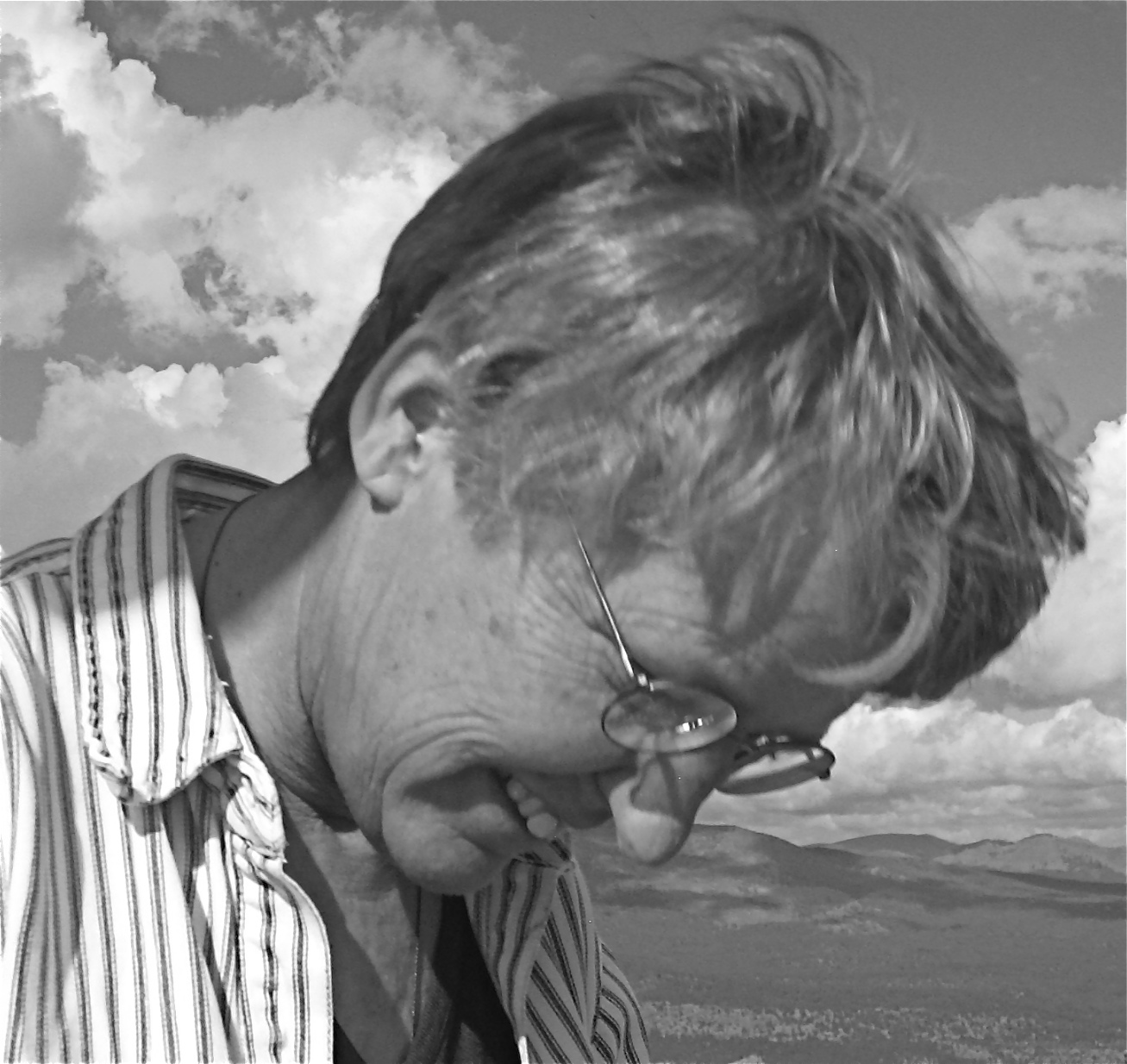During the stillness of 3 to 5 a.m. I might be dreaming, I might be whistling through my nose or I might be noting the Big Dipper balanced on its handle outside my bedroom window, followed by nodding at the half moon grinning over the kitchen sink when I get up to make tea.
Lately, a recently published memoir by Leslie Marmon Silko keeps me company until dawn. How nice to feel the desert in my bones as I savor “The Turquoise Ledge.” Silko lives on land at the edge of Saguaro National Park West in Tucson. I bring to her pages my own fond memories of centipedes and thrashers, the arc of ocotillos bent with red blossoms and the smell of rain-wet creosote.
I once wore the brown socks and creased green pants of a ranger leading nature walks through saguaros. After a stroll down a wash out of sight of the visitor center, tourists would frequently look astonished when I told them now it was time to sit on the rocks and gravel. Really, I assured them, it’s OK. Always look first for things that prick and critters that bite, but once we’re settled in we’ll paint the Parry’s Penstemon. I’d hand around a small paper journal and watercolors and there we’d be, a dozen pairs of eyes just looking for half an hour.
Just looking combined with the spare details of desert patterns changed our small party. From parking lot to a bend in the wash we were all questions and responses to questions. How much rain falls here? Are there snakes? And, my favorite remark from a Minnesota woman who looked around and saw only desolation, only arid nothingness: “Why did God bother?” she said.
Meanwhile, I suppose, creatures all around heard the multi-syllabic commotion of we humans and scurried deeper into their holes and crevices. Every day at 10 I imagined the locals checking their little desert clocks and rolling their lizard eyes and shrugging their cactus wren shoulders: here they come again, that herd of noisy humans. But after sitting with the puzzle of translating the curve of flower stem onto paper—or fidgeting while others painted—we became a quiet tribe. Our column was a silent snake slithering back to the locked cars, the restrooms, the resumption of life with postcards and destinations.
I often made one more pause to show them how to put one forefinger between spines to feel the waxy stiff surface of a saguaro. One by one we felt the surface of desert life: the skin that could hold water no matter how dry, the shape that soared 30 feet tall, the breathing membrane that wasn’t as hot as nearby rocks because needles shaded it.
Brochure facts aren’t the whole of reality; touch teaches, too, I hoped.
In the stillness from 3 to 5 a.m. I am returned to that desert and I notice Silko’s book of many chapters is grouped into five parts: Ancestors, Rattlesnakes, Star Beings, Turquoise, and Lord Chapulin. Hmm, what titles would I choose if I shaped my life into five parts?
I Was Born. I Grew Up. I Made Money. I Bought Things. I Feared Dying.
Or: First Wheels. First Car. More Stuff. Other Stuff. Next Stuff.
Silko is a novelist, a mother, a teacher and a painter, but her memoir isn’t about being a noun. In her book she walks and dreams. She is a mystic.
Here she describes the rattlesnakes that live under her house. “They smell the mild winter rain as it falls and have enough body warmth to come out and sit by the west door. The three of them sit in loose coils side by side, nearly touching; as the rain falls on their backs they gracefully sip the raindrops from their scales. One of them tipped its head delicately to one side so the raindrops rolled into its mouth.”
It heals me to watch a snake drink. It helps me to meet another life that is a weave of repeated walks, familiar creatures, particular trees, plentiful stars and moments of looking closely. I’m pleased to meet another point of light in the galaxy of Women Who Look Closely, those souls that coax my reclusive heart out of my cave.

